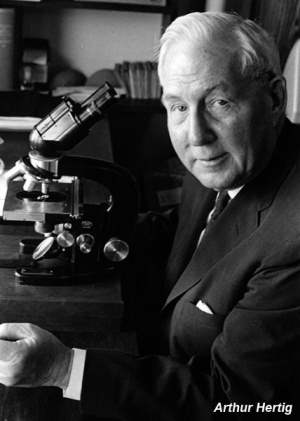Paper - Studies on the human corpus luteum 1
| Embryology - 27 Apr 2024 |
|---|
| Google Translate - select your language from the list shown below (this will open a new external page) |
|
العربية | català | 中文 | 中國傳統的 | français | Deutsche | עִברִית | हिंदी | bahasa Indonesia | italiano | 日本語 | 한국어 | မြန်မာ | Pilipino | Polskie | português | ਪੰਜਾਬੀ ਦੇ | Română | русский | Español | Swahili | Svensk | ไทย | Türkçe | اردو | ייִדיש | Tiếng Việt These external translations are automated and may not be accurate. (More? About Translations) |
Adams EC. and Hertig AT. Studies on the human corpus luteum. I. Observations on the ultrastructure of development and regression of the luteal cells during the menstrual cycle. (1969) J Cell Biol. 41(3):696-715. PMID 5768870
| Online Editor |
|---|
| This historic 1969 paper is the first in a series describing the ultrastructure of the corpus luteum.
|
| Historic Disclaimer - information about historic embryology pages |
|---|
| Pages where the terms "Historic" (textbooks, papers, people, recommendations) appear on this site, and sections within pages where this disclaimer appears, indicate that the content and scientific understanding are specific to the time of publication. This means that while some scientific descriptions are still accurate, the terminology and interpretation of the developmental mechanisms reflect the understanding at the time of original publication and those of the preceding periods, these terms, interpretations and recommendations may not reflect our current scientific understanding. (More? Embryology History | Historic Embryology Papers) |
Studies on the Human Corpus Luteum
I. Observations on the Ultrastructure of Development and Regression of the Luteal Cells during the Menstrual Cycle
Adams EC, Hertig AT.
Abstract
The ultrastructure of huma corpora luntea obtained approximately 2, 3, 5, 11, and 15 days after ovulation is reported. All specimens were fixed in Karnovsky's formaldehyde-glutaraldehyde solution. The 5-day corpus luteum is presumed to represent, in terms of fine structure, the ultrastructural aspects of high progesterone production and is compared to younger differentiating and older regressing specimens. A distinct topographic relationship of cytoplasmic organelles is noted in the mature 5-day luteal cell. It consists of a peripheral cupshaped mass of tubular ER (endoplasmic reticulum), associated with granular ER, lipid droplets, and mitochondria, which merges with a large paranuclear Golgi area extending to a cell surface bordering a perivascular space. The plasma membrane of active luteal cells is described and its variations suggest areas of specialized surface activities. The prevalence and ultrastructure of more electron-opaque stellate cells, of phagocytes, and of thecal cells are reported.
Copyright
Rockefeller University Press - Copyright Policy This article is distributed under the terms of an Attribution–Noncommercial–Share Alike–No Mirror Sites license for the first six months after the publication date (see http://www.jcb.org/misc/terms.shtml). After six months it is available under a Creative Commons License (Attribution–Noncommercial–Share Alike 4.0 Unported license, as described at https://creativecommons.org/licenses/by-nc-sa/4.0/ ). (More? Help:Copyright Tutorial)
Cite this page: Hill, M.A. (2024, April 27) Embryology Paper - Studies on the human corpus luteum 1. Retrieved from https://embryology.med.unsw.edu.au/embryology/index.php/Paper_-_Studies_on_the_human_corpus_luteum_1
- © Dr Mark Hill 2024, UNSW Embryology ISBN: 978 0 7334 2609 4 - UNSW CRICOS Provider Code No. 00098G

